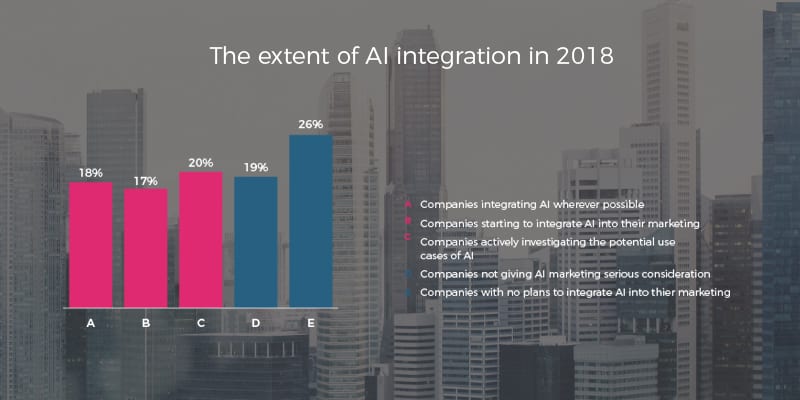
Inaccessible websites prevent people with disabilities from accessing vital information and services, participating in online activities and connecting with others.

The consequences of this accessibility gap are significant. WebAIM’s 2022 accessibility report showed that only one in four websites passed the basic accessibility standards of the Web Content Accessibility Guidelines (WCAG).Ĭonsequently, millions of users with disabilities face significant barriers when accessing online content.
Seamless ai integration linkedin update#
Considering the new infrastructure required to run the Couchebase cluster, cache update jobs, and increased compute resources for backend services, the overall costs for servicing member profile requests have dropped by 10% annually.Register Now The current state of web accessibilityĭespite efforts to improve web accessibility over the years, internet accessibility is far from available to everyone.

The introduction of the new hybrid caching approach allowed the reduction of Espresso nodes by 90%. The LinkedIn team has implemented further performance optimizations, streamlining reading data from Avro/binary format, and achieved around 30% improvement in deserialization times. It also deals with Avro schema conversions, fetching schema versions from the registry at runtime if necessary. It dynamically evaluates field projections and returns a subset of profile data from the complete profile stored in the cache. All cache updates use Couchbase Compare-And-Swap (CAS) to detect concurrent updates and retry the update if necessary.įollowing the changes, the Profile Backend service became responsible for some operations that Espresso previously handled. Profile data is replicated three times, and routers fail over to one of the follower replicas if the leader replica is unavailable.Īll profile data is cached in every data center and updated by Apache Samza jobs in near real-time based on write operations captured by Espresso, and periodically based on database snapshots. Espresso routers retry requests in case of transient failures and monitor Couchbase health to avoid dispatching requests to unhealthy buckets. The design focuses on resilience against Couchbase failures, cache data availability, and data divergence prevention.

The new caching layer, combining OCH and Couchbase caches, is integrated into Espresso to avoid client-side changes.

It is chosen for the enhancements that it confers over memcached, including data persistence between server restarts, replication such that one node can fail out of a cluster with all documents still being available, and dynamic scalability in that nodes can be added or removed with no downtime.
Seamless ai integration linkedin software#
Rather than reworking the core components of the Espresso platform, the team decided to introduce a caching tier using Couchbase, considering that over 99% of requests are reads.Įstella Pham and Guanlin Lu, staff software engineers at LinkedIn, explain why the team chose Couchbase for caching:Īt LinkedIn, we have used Couchbase as a distributed key-value cache for various applications. With storage requests doubling yearly and peaking at over 4.8 million requests per second, the Espresso cluster serving member profiles has reached its scalability limitations. Espresso routers handle profile requests directing read/write requests to the correct storage node and use an off-heap cache (OHC) for hot keys. The new solution achieved over 99% hit rate, and helped reduce tail latencies by more than 60% and costs by 10% annually.įor many years, LinkedIn has been serving member profiles directly from their Espresso document platform, which is built on top of MySQL and uses Avro for serialization, Apache Helix, and Databus (LinkedIn’s change capture system). LinkedIn introduced Couchbase as a centralized caching tier for scaling member profile reads to handle increasing traffic that had outgrown their existing database cluster.


 0 kommentar(er)
0 kommentar(er)
